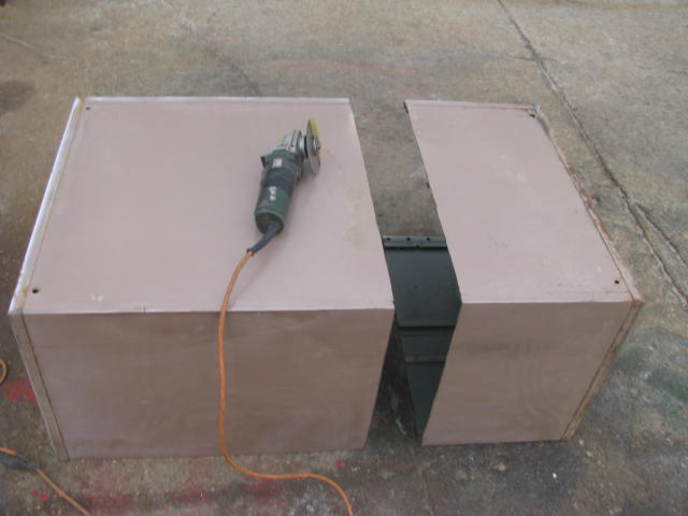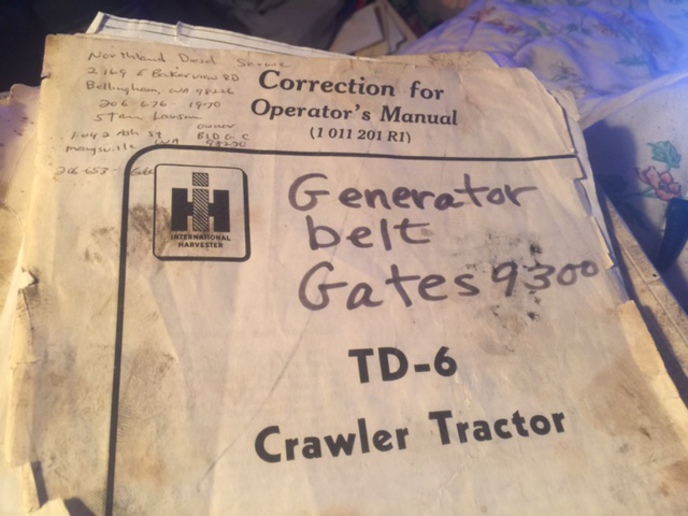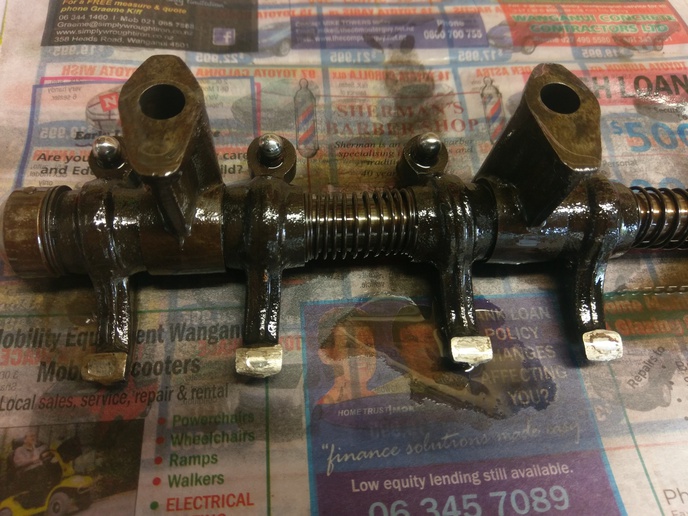Whats the oldest you have found?
I was cleaning up around the place and decided this stack of old ties that my father had delivered here in the late 70's, which he never used, needed to go to the burn pile. It was interesting sorting through the pile, there were some oak ties, oldest one had a '30 nail in it, was oak, others were a needle bearing species, it looked like a fir species, all but one were just waterlogged and crumbling, parts of them were intact. I was imagining what went over these all those years ago, mostly steam, but I did find ties with '50 and '54 nails. I always wondered what species they typically used for ties, the date nails are nostalgic for sure, I think I have all that came from this pile, hopefully the creosote is dissipated, they are on top of a huge brush pile, so they ought to burn good LOL !
I was cleaning up around the place and decided this stack of old ties that my father had delivered here in the late 70's, which he never used, needed to go to the burn pile. It was interesting sorting through the pile, there were some oak ties, oldest one had a '30 nail in it, was oak, others were a needle bearing species, it looked like a fir species, all but one were just waterlogged and crumbling, parts of them were intact. I was imagining what went over these all those years ago, mostly steam, but I did find ties with '50 and '54 nails. I always wondered what species they typically used for ties, the date nails are nostalgic for sure, I think I have all that came from this pile, hopefully the creosote is dissipated, they are on top of a huge brush pile, so they ought to burn good LOL !




